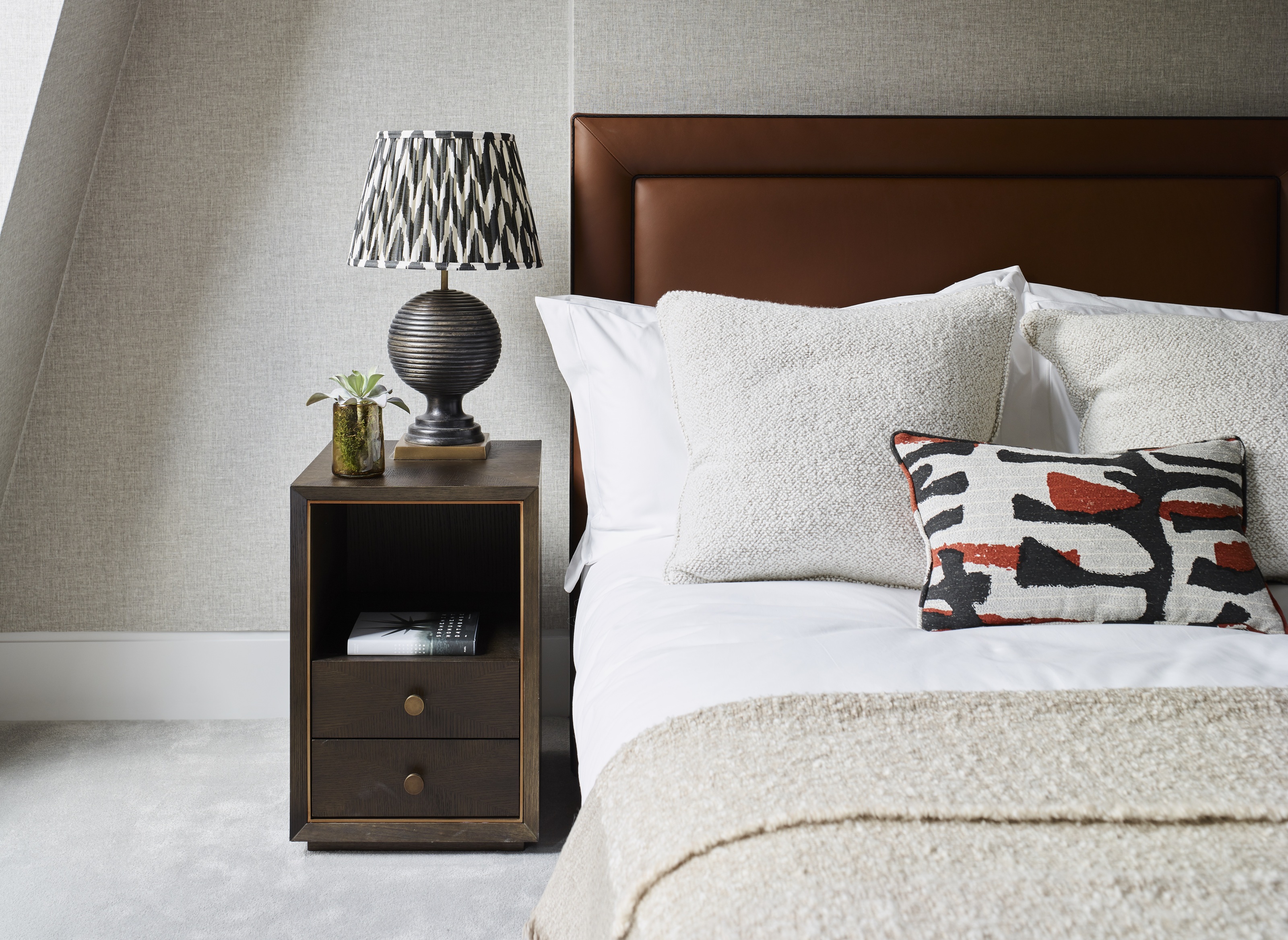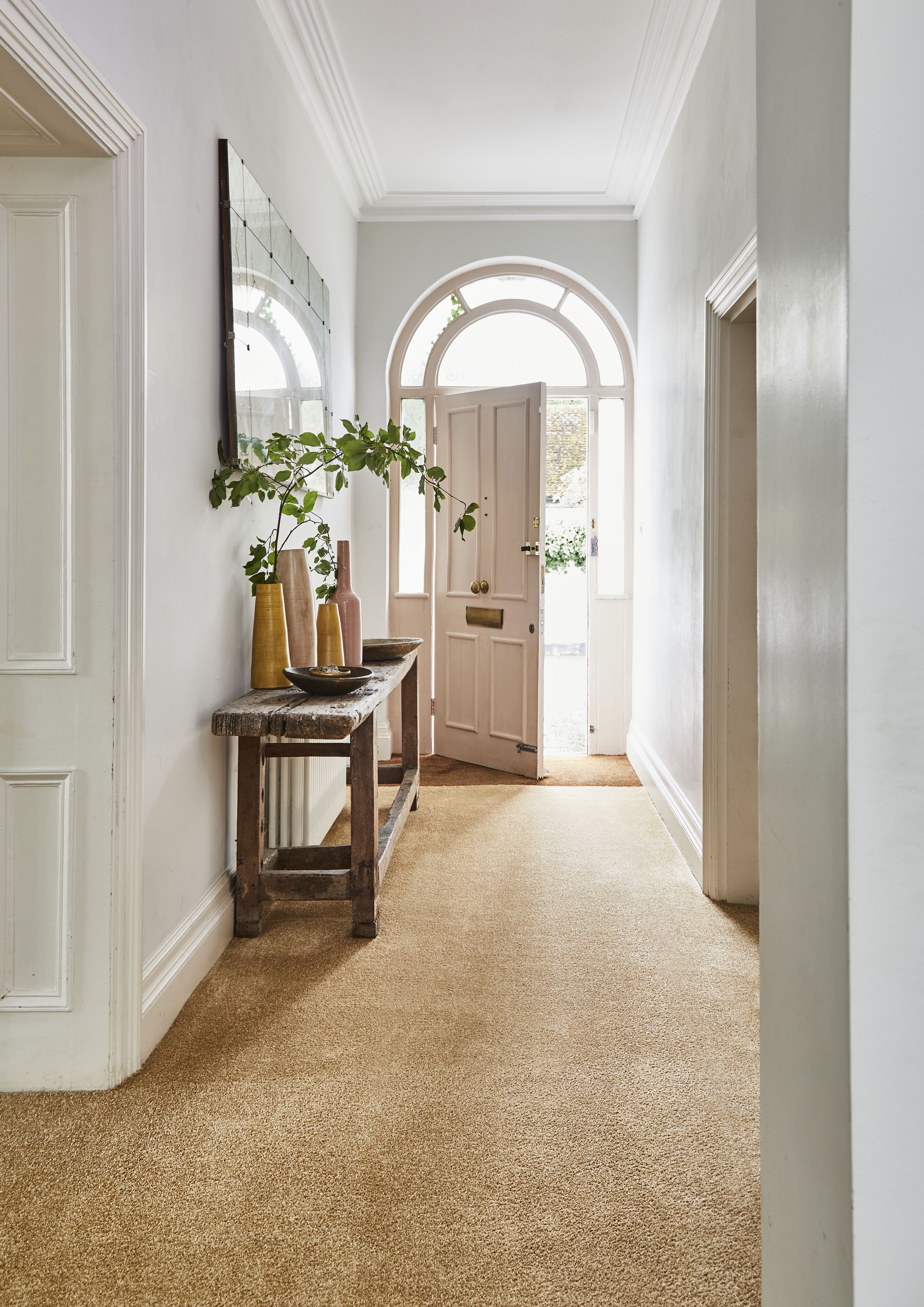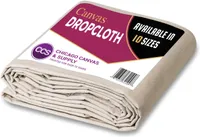The Tricks for Painting Baseboards With Carpet Flooring Aren't Complicated — Just Stick to These Expert-Approved Methods
Unlike hard floors, it's impossible to wipe away pesky paint splatters from a carpet. Here's how to protect it instead


Painting baseboards is difficult at the best of times, but it's made even harder if you have carpeted flooring. Not only is it impossible to wipe away pesky paint splatters from fabric, but the gap between your trim and the carpet is typically much smaller, making it harder to fit a shield of some variety in the gap. So, what's the solution?
When it comes to how to paint baseboards, you need to be precise if you want a professional-looking finish. For most of us, that means going freehand is out of the question. If you don't use some sort of shield to protect your flooring below, you'll almost certainly end up with paint marks or splatters. It's like asking a two-year-old to try and color in between the lines - you'll be fighting a losing battle.
Luckily, we have some industry tips and tricks up our sleeve, and it's all thanks to a few expert painters and decorators who have spent years perfecting their technique when it comes to painting trim with carpet. Here's everything you need to know.
Can you paint baseboards without removing the carpet?

First things first, with all that negative news, you might be wondering whether it's worth removing the carpet (or baseboards) completely when figuring out how to paint trim. While it does seem like the most reliable method to prevent any paint spills, the good news is, you don't need to disassemble your space in order to paint a room.
'It's certainly not necessary to remove the carpet to paint baseboards, especially if the carpet has a low pile, meaning it isn't all that plush,' explains Anthony Kulikowski, owner of Five Star Painting of South Bend. 'That said, this task does become more difficult when the carpet has a thicker pile.'
In cases where you have a thick pile carpet, you might want to hire a professional to do the job for you. If you're on a tight budget and don't want to splash the cash on a professional decorator, peeling back your carpet before you paint might be the best idea after all.
How to protect carpet while painting baseboards
To keep your carpets as the clean as the day you fitted them, you'll need to know some industry secrets. Here are the methods you need to know about, according to the experts.
The Livingetc newsletters are your inside source for what’s shaping interiors now - and what’s next. Discover trend forecasts, smart style ideas, and curated shopping inspiration that brings design to life. Subscribe today and stay ahead of the curve.
1. Use tape

Painter's tape is a decorator's best friend for a reason. Not only is it the answer to crisp, straight lines, but it helps to protect trim, flooring, and in some cases the wall itself, from messy paint marks during a design refresh. It comes as no surprise, therefore, that it's also the most obvious choice when it comes to shielding your carpet (and yes, wall-to-wall is a big carpet trend again).
Lining the bottom of your baseboards is certainly a good way of protecting the carpet underneath, but the type of tape you use is important. While a high stick tape is important to ensure it sticks to the thick-piled material, anything too sticky could end up damaging the carpet by pulling out fibers.
'I would recommend a mid-level sticky painter’s tape, which usually equates to masking tape,' says Tila Lee of Pretty in Paint School. Even then, she highlights that there's no excuse for lazy painting, applying the brush strokes haphazardly across both the trim and tape. 'You should still treat the baseboard like there is exposed flooring and do a proper cut on the bottom of it to help prevent paint from building up and creating a wobbly edge,' she says.
This masking tape from Duck - available at Walmart - has a high tack that sticks to your carpet while still being easy to remove without leaving residue behind. At 1.88 inches wide, this roll also helps reduce the risk of paint spills, too.
2. Use a paint shield

An alternative method for protecting your carpets is a paint shield. They tend to make the painting process speedier than tape since there's no need to lay it out before application, and they also have the added benefit that they can be used again.
'Paint shields come in varying sizes and are typically very thin plastic or metal that can be slid under the baseboards while pushing the carpet down,' says Antony. Like tape though, they don't just give you free pass to perform a messy job. 'It's important to note however that excessive paint buildup on a paint shield can cause an undesired mess,' notes Anthony. 'We recommend cleaning paint shields off when they start to get a small amount of buildup to prevent paint from spilling or wiping onto the carpet.'
For a budget-friendly hack, you can make your own paint shield using something you're likely to find in your home office - a plastic file divider. Simply slide the plastic sheet below your boards and use it like a paint shield.
12" Stainless Steel Paint Shield, Amazon
This stainless-steel paint shield from Amazon's Basics range works as a trim guide for painting a straight line or protecting floors while working on your baseboards. Simply use it in place of painter's tape, sliding the metal edge below your skirting.
3. Double up with a drop cloth

A drop cloth is another decorating staple that no professional painter could go without. If you're a messier painter, they're the best way of protecting larger surfaces of your living room carpet, including your paint brush's journey from tin to trim.
As Tila points out, while drop cloths are a useful safety net, you should still be cautious when using one. 'A canvas drop cloth will protect you from common small drips, but it's still important to be mindful of them as they can still seep through onto your carpet,' she says. 'They also make drop clothes made out of plastic to prevent these leaks, but there's still the risk of spreading any spills around the area by transferring them onto your feet.'
All-Purpose Drop Cloth, Amazon
Measuring 9 by 12 feet, this heavy-duty canvas drop cloth is just what you need to protect your carpet from paint splatters and stains. Its highly absorbent cotton material instantly traps paint and dust to prevent pesky paint drops from ruining your flooring.
4. Use a (very) steady hand

Finally, if you want to hedge your bets, you could always try going freehand - as long as that hand is a seriously steady one. Really, this should only be considered if you're an experienced painter in some capacity, but just like cutting in your walls, experts will always claim it to be the most reliable method (in their case, at least). As Anthony explains, 'the best most proven method is a steady hand and years of training and experience.'
If that doesn't apply to you and you're not prepared to take any of the precautions above, then it might be time to call in the pros. As they say, if a job's worth doing, it's worth doing properly.

Lilith Hudson is a freelance writer and regular contributor to Livingetc. She holds an MA in Magazine Journalism from City, University of London, and has written for various titles including Homes & Gardens, House Beautiful, Advnture, the Saturday Times Magazine, Evening Standard, DJ Mag, Metro, and The Simple Things Magazine.
Prior to going freelance, Lilith was the News and Trends Editor at Livingetc. It was a role that helped her develop a keen eye for spotting all the latest micro-trends, interior hacks, and viral decor must-haves you need in your home. With a constant ear to the ground on the design scene, she's ahead of the curve when it comes to the latest color that's sweeping interiors or the hot new style to decorate our homes.


